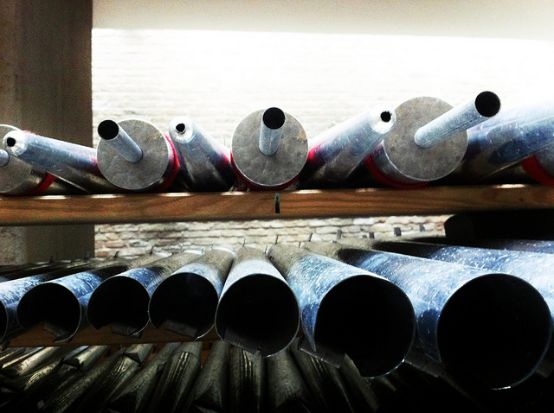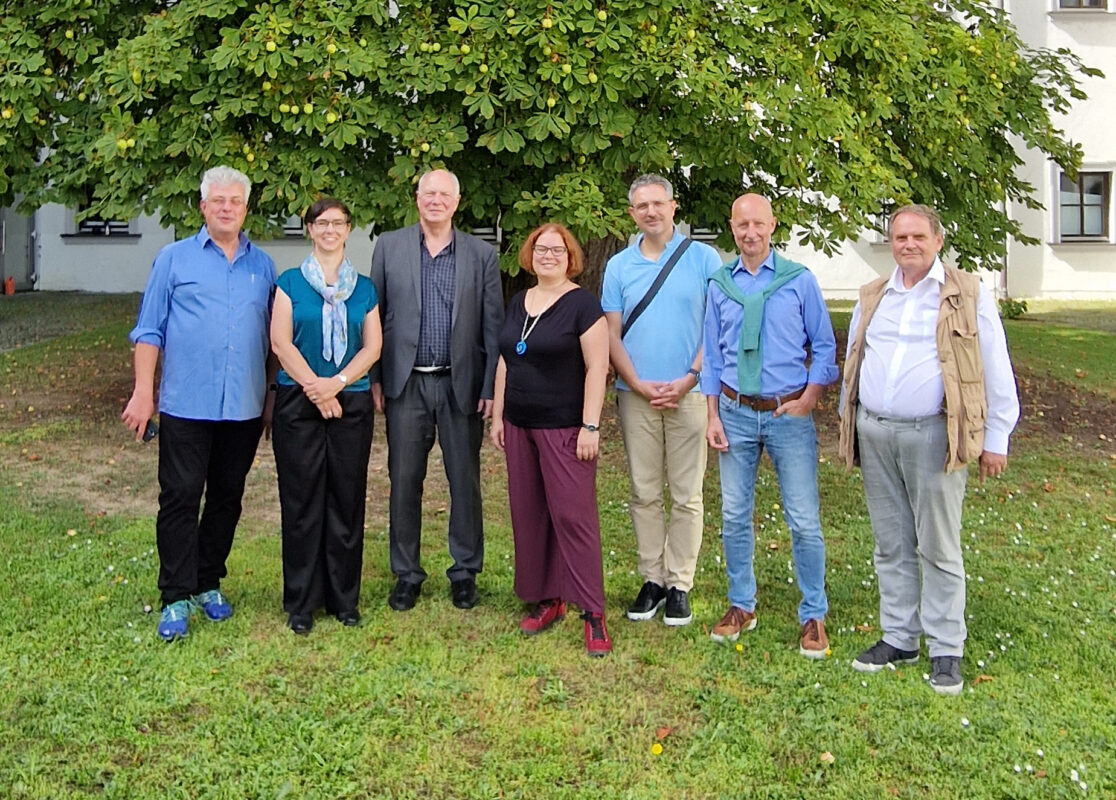Organ music is Unesco cultural heritage
In Germany, the Intergovernmental Committee on Intangible Cultural Heritage has added organ building and organ music in Germany to the Unesco List of Intangible Cultural Heritage.

400 organ building businesses with around 2800 employees, 180 trainees and 3500 full-time and tens of thousands of volunteer organists characterize the craft and art of organ building and organ music in Germany. Over 50,000 organs are currently in use in the country.
The organ, organ building and organ music were invented more than 2000 years ago in Hellenistic Egypt and came to Europe via Byzantium, where they were further developed as a cultural asset from the Carolingian Renaissance to the present day. Since the Middle Ages, organs have been exported from Europe, where most organs are built, to many countries around the world. Germany is one of the most important countries in the world for the further development of organ building and organ music.
The Intergovernmental Committee is made up of 24 elected States Parties to the Intangible Cultural Heritage Convention. It decides annually on the inclusion of new cultural forms in the Unesco Lists of Intangible Cultural Heritage. To date, 377 forms of intangible cultural heritage have been inscribed on the International Representative List. By inscribing, the States Parties undertake to promote the intangible cultural heritage on their respective territories.








